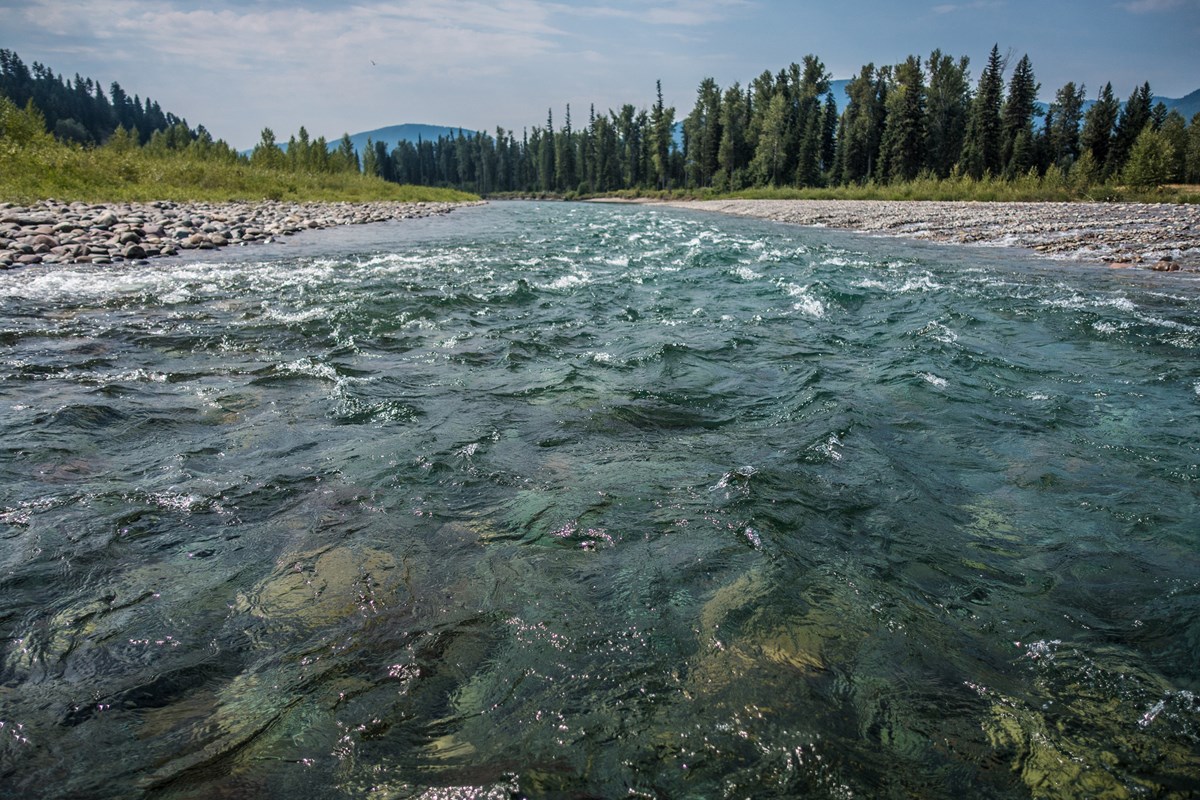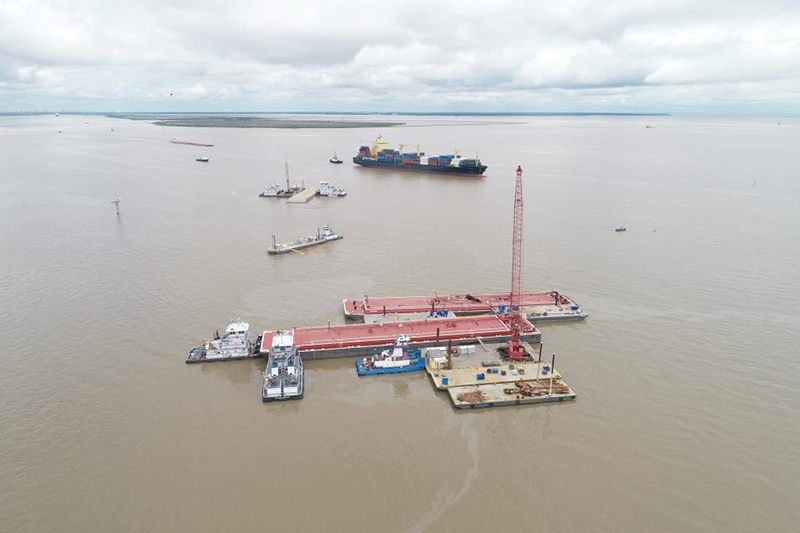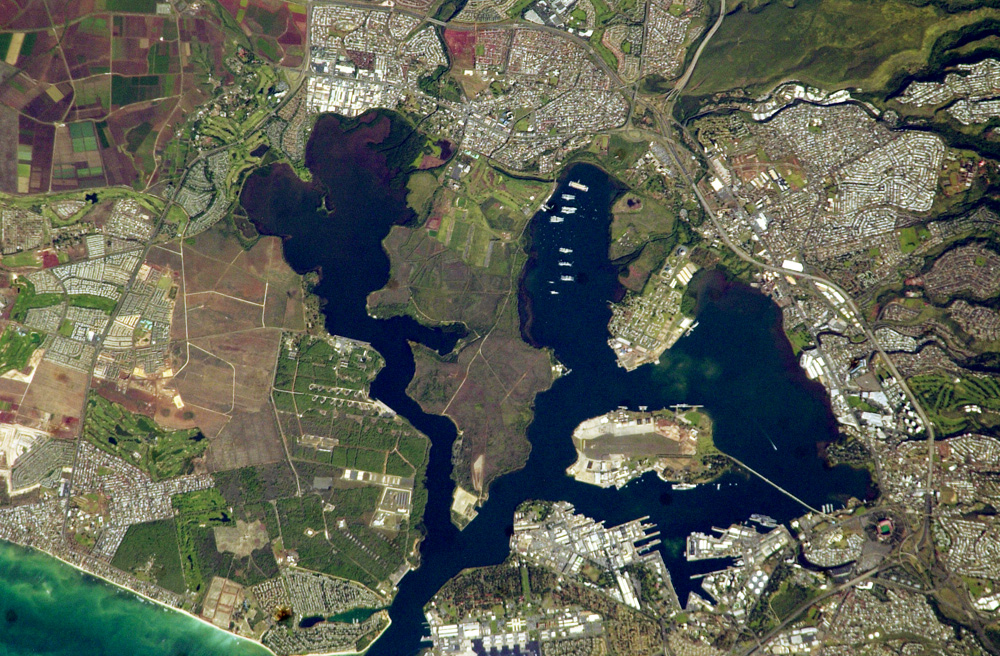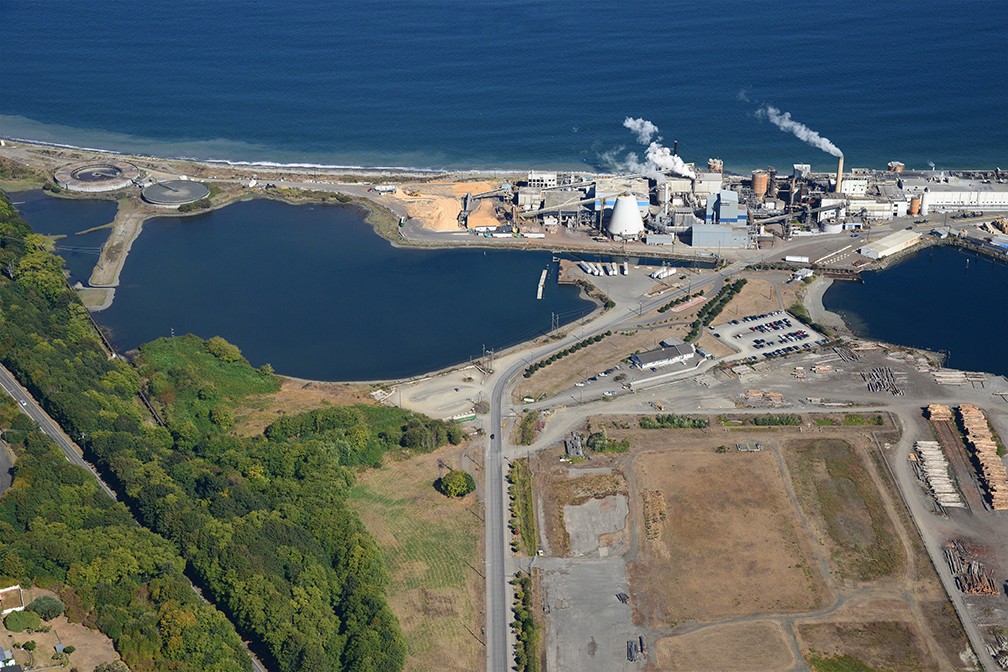Oil Spill | Orange and San Diego Counties, California | October 2021
What Happened?
Late on the evening of October 1, 2021, the San Pedro Bay Pipeline (Pipeline P00547) broke and spilled crude oil into the waters 4.5 miles offshore of Huntington Beach, California. Inspection of the pipeline indicated that the failure may have been caused by an anchor that hooked the pipeline, causing a partial tear.
The Damage Assessment Remediation and Restoration Program
Thursday, September 29, 2022 - 13:34
Wednesday, June 21, 2023 - 06:31
What Happened?
Example
What Were the Impacts?
Consumption of contaminated fish, shellfish, crab, and other organisms from these areas poses a threat to birds and other wildlife, as well as to human health.
What’s Happening Now?
Example
The Damage Assessment Remediation and Restoration Program
Friday, August 26, 2022 - 06:59
Friday, August 26, 2022 - 07:00
Oil Spill | Deer Park, TX | March 2019
What Happened?
On Sunday March 17, 2019, a storage tank caught fire engulfing much of the Second 80’s tank battery at the Intercontinental Terminals Company, LLC (ITC) Deer Park facility in Deer Park, Texas.
The fire was initially extinguished on March 20th, but reignited on March 22nd and damaged a second containment wall of the tank facility.
The Damage Assessment Remediation and Restoration Program
Tuesday, October 12, 2021 - 14:13
Thursday, June 27, 2024 - 12:56
Hazardous Waste Site | Gloucester, MA | Mid-19th century to present
What Happened?
Between 1854 and 1952, the former Gloucester Gas Light Company operated a manufactured gas plant (MGP) along the Gloucester waterfront in the vicinity of the present-day Harbor Loop and Rogers Street along the Inner Harbor.
The Damage Assessment Remediation and Restoration Program
Friday, September 24, 2021 - 14:19
Tuesday, August 26, 2025 - 09:25
Oil Spill | Bayport, Texas | May 2019
What Happened?
On May 10, 2019, an aproximately 600,000 gallons of oil in the form of a gasoline blending stock, known as reformate, was discharged from Tank Barge 30015T during a collision with the tanker ship Genesis River near Bayport, Texas.
The bow of the Genesis River cut through the hull of the barge and ruptured the barge’s storage tanks. Oil discharged from the barge into the waterway and polluted parts of the Houston Ship Channel, Galveston Bay, and the Texas coastline.
The Damage Assessment Remediation and Restoration Program
Monday, July 19, 2021 - 11:13
Tuesday, October 7, 2025 - 07:12
Hazardous Waste Site | Hawaii | 1947-1995
What Happened?
The Oahu Sugar Company Ltd. operated sugar cane fields and associated facilities on the island of Oahu, Hawaii, and leased land at Pearl Harbor from the United States Department of Defense and Department of Navy from roughly 1947-1995.
Over the years, these activities at the site, including storage, mixing, and loading of pesticides, herbicides, and fertilizers, resulted in the release of hazardous substances in the environment.
The Damage Assessment Remediation and Restoration Program
Tuesday, May 4, 2021 - 10:18
Tuesday, May 13, 2025 - 07:14
Hazardous Waste Site | Port Angeles, WA | Early 1900s to present
What Happened?
The Damage Assessment Remediation and Restoration Program
Thursday, October 22, 2020 - 08:02
Thursday, July 3, 2025 - 06:38
Oil Spill | Kodiak, Alaska | March 15-16 2019
What Happened?
On March 15-16, 2019, an oil spill occurred due to a leak in a fuel line to a refrigeration unit at an American President Lines LTD (APL) yard in Kodiak, Alaska.
An estimated 1,369-gallons of oil from the leaking diesel tank entered the Lake Louise Tributary, the Buskin River, and St. Paul Harbor. The impacted area includes migratory fish habitat, and riverine, estuarine, and marine habitats, the Buskin River State Recreation Site, and the Alaska Maritime National Wildlife Refuge.
The Damage Assessment Remediation and Restoration Program
Wednesday, September 16, 2020 - 11:54
Wednesday, December 6, 2023 - 10:09
Hazardous Waste Site | Duluth, Minnesota| Early 1900s - Present
What Happened?
The Damage Assessment Remediation and Restoration Program
Thursday, April 23, 2020 - 14:07
Tuesday, February 7, 2023 - 06:51
Hazardous Waste Site | Charleston, SC | 1900-1943
What Happened?
In the early 1860’s, substantial outcroppings of phosphate rock were discovered in Charleston, SC, along the banks of the Ashley River and other areas of coastal South Carolina.
At that time, the environmental impacts of commercial fertilizers and superphosphates were largely unknown.
Due to the development of production processes and increased demand for superior fertilizers, by 1884 the phosphate fertilizer industry was arguably the largest and most important industry in South Carolina.
The Damage Assessment Remediation and Restoration Program
Friday, May 10, 2019 - 08:30
Monday, October 2, 2023 - 12:59









